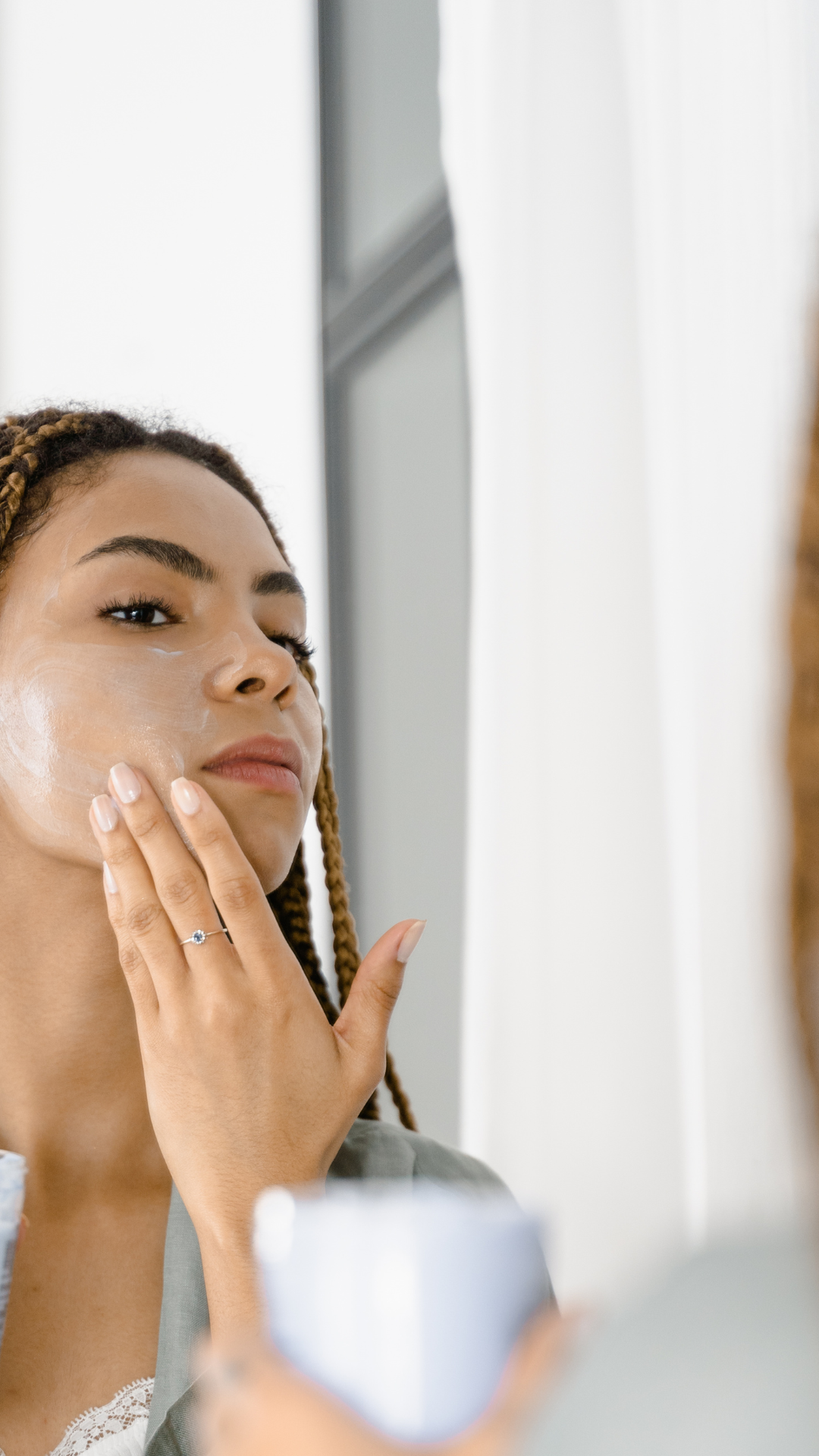 At first glance, ‘dry’ and ‘dehydrated’ seem like two words to describe the same thing. But when it comes to skincare, they are completely different concerns with different underlying causes. As such, it is important to understand the differences between these two seemingly similar things, so you can understand the steps you must take to treat the skin properly. Basically, it comes down to this: dry skin lacks oil or sebum, and dehydrated skin lacks water.
At first glance, ‘dry’ and ‘dehydrated’ seem like two words to describe the same thing. But when it comes to skincare, they are completely different concerns with different underlying causes. As such, it is important to understand the differences between these two seemingly similar things, so you can understand the steps you must take to treat the skin properly. Basically, it comes down to this: dry skin lacks oil or sebum, and dehydrated skin lacks water.
Dry Skin | a skin type where the skin has a lack of sebum (oil) or lipids within the skin. The skin can feel dry, rough, and appear dry and flaky when not properly taken care of. If you’re not properly nourishing your skin with proper cleansers, serums, moisturizers and oils, the skin will remain tight and have a rough texture.
Focus on hydrating the skin with products like vitamin C, hydrating serums, and moisturizers with ceramides. Occasionally using a chemical exfoliant, like glycolic acid, will help remove dead skin cells from the surface of the skin to help the other products be more effective.
Dehydrated Skin | a skin condition where the stratum corneum, which is the top layer of the skin is lacking water and hydration. When skin is dehydrated, it can look dull, feel tight, rough, and can be come more sensitive. Skin that is constantly dehydrated will also show more signs of aging like fine line and wrinkles. Dehydrated skin can be caused by environmental factors, lack of hydration in your routine, using cleansers that are overly stripping to the skin, and overuse of acne treatments. A lot of times, when dry skin isn’t properly cared for it can become dehydrated which exasperates the dryness in the skin. But all skin type can be dehydrated including oily skin types.
Look for non-stripping cleansers, hydrating toners, hydrating serums and moisturizers that hydrate and nourish your skin! If you have dehydrated skin, be sure to apply your skincare products to damp skin and use a gentle chemical exfoliant a few times a week to remove dead skin cells and help with breakouts.


One thought on “The Difference Between Dry and Dehydrated Skin”